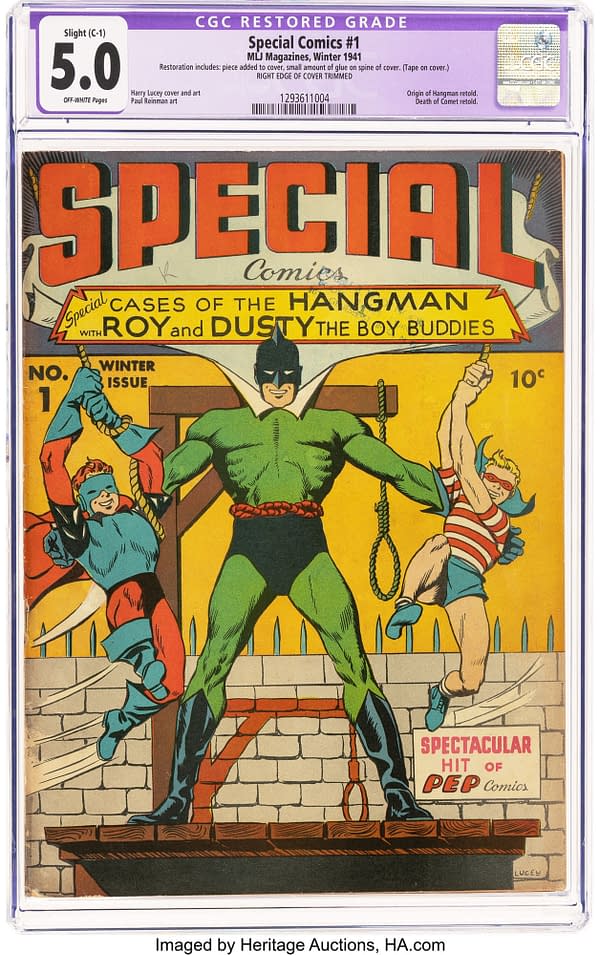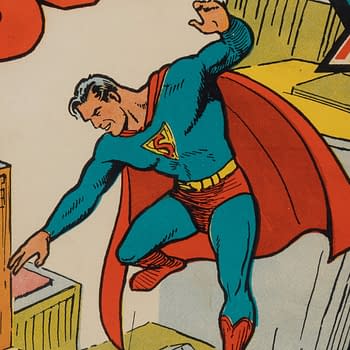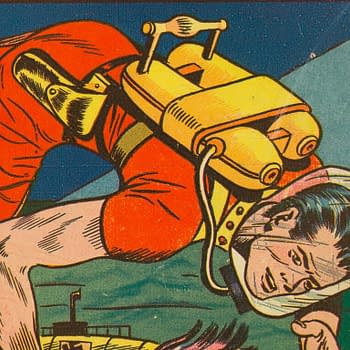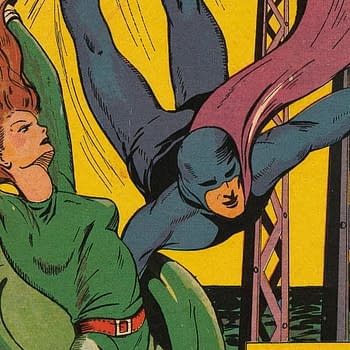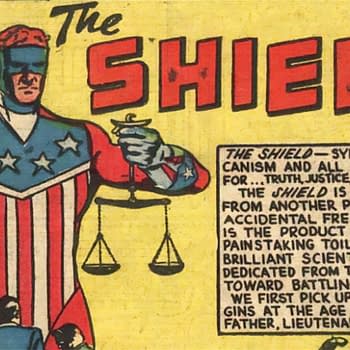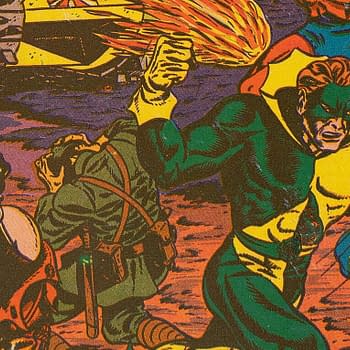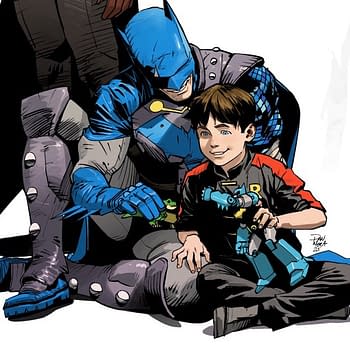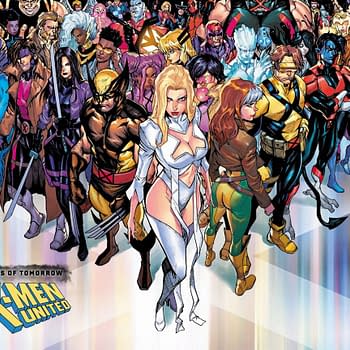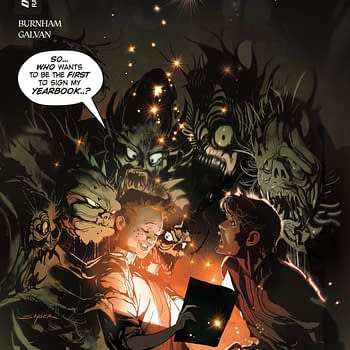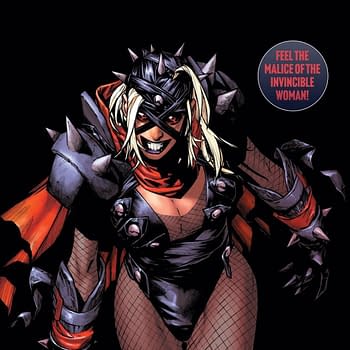Posted in: Comics, Heritage Sponsored, Vintage Paper | Tagged: golden age, Hangman, Harry Lucey, MLJ
Mystery of the Hangman Series Launch in Special Comics #1, at Auction
Dive into the unusual circumstances behind Special Comics #1, the series launch of the Hangman, one of MLJ's best-remembered superheroes.
Article Summary
- Special Comics #1 launches the Hangman series under a mysterious title despite editorial statements of a "Hangman Comics" series launch.
- The Hangman’s origin ties to the dramatic death of the Comet, making it a standout Golden Age storyline.
- Harry Lucey and Paul Reinman provide art for the issue, cementing early MLJ artistic legacy.
- Special Comics #1 is underappreciated as a series debut.
The series launch of the Hangman, a uniquely dark character from the Golden Age of comics, appropriately begins amid a veil of mystery. Surprisingly, MLJ debuted the series for this foreboding character under the blandly neutral title Special Comics #1, rather than with the eponymous "Hangman Comics" name right from the start — like MLJ editor Abner Sundell said they would. The series launch quickly recaps what was likely the best character origin of the Golden Age with the Hangman's debut prompted by the death of his brother the Comet, and then dives straight into the vengeance with the Hangman's special case files. With excellent Harry Lucey cover and art, along with contributions from the talented Paul Reinman, Special Comics #1 is sometimes overlooked as the series launch that it is, but there's a very nice looking CGC Apparent VG/FN 5.0 Slight (C-1) Off-white pages copy of Special Comics #1 (MLJ, 1941) up for auction in the 2024 September 26 – 27 Heroes of the Golden Age Comics Showcase Auction #40265 at Heritage Auctions.
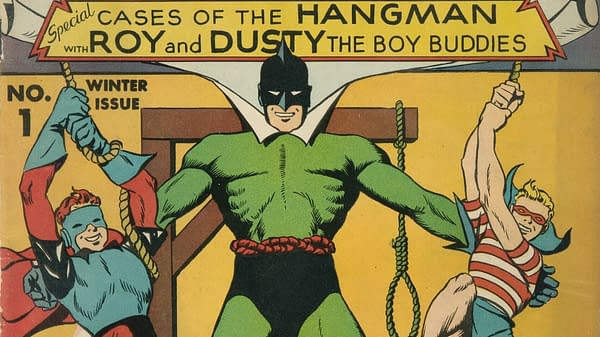
As briefly retold in Special Comics #1, the Hangman's origin story chronicles the metamorphosis of Robert Dickering, the brother of John Dickering (The Comet), as he witnesses his sibling's untimely demise. This tragic loss galvanizes Robert to seek retribution, as he takes up the mantle of the Hangman with a relentless pursuit of justice. His genesis in Pep Comics #17, is thus intrinsically linked to the legacy of the Comet, a character first introduced in Pep Comics #1. During this early period, Harry Lucey is best known for becoming MLJ's regular Hangman artist, before he was drafted into the U.S. Army for WWII. He rejoined the company in 1949, becoming a primary artist on a number of titles featuring Archie and his pals for much of the next three decades.
A rather mysterious series launch for one of MLJ's most enigmatic and sometimes brutal characters, Special Comics #1 is a key Golden Age series launch disguised by an uninspired generic title. CGC Census data lists only 42 total graded copies. Of those, just 27 hold a Universal grade, with 1 Conserved and 14 Restored. Given that no copy of this comic has ever garnered as much as a five-figure price even in the highest grades, the high ratio of restored copies, fully one-third of the graded population, indicates strong collector demand relative to the available supply. On that point, there's a very nice looking CGC Apparent VG/FN 5.0 Slight (C-1) Off-white pages copy of Special Comics #1 (MLJ, 1941) up for auction in the 2025 September 18 Golden Age Comics Century Showcase Auction II at Heritage Auctions.
